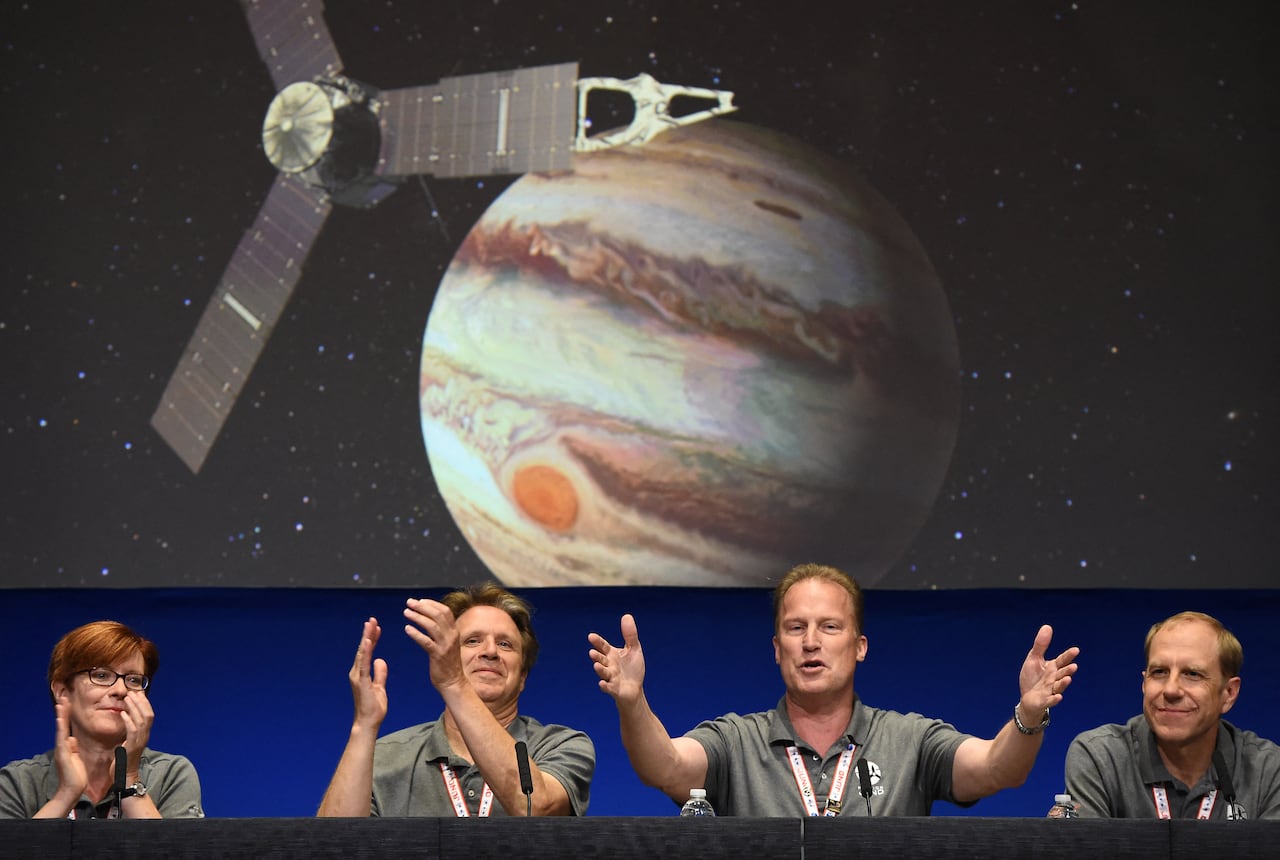NASA is currently focusing on sending humans to Mars and back to the moon, with Canadian astronaut Jeremy Hanson set to fly on Artemis II early next year. However, other research programs within the space agency are facing potential budget cuts.
The US government has proposed a significant 24% reduction in NASA’s budget, which would be the smallest budget for the agency since the start of human spaceflight programs in 1961. This proposal includes a 50% cut in space science funding and a reduction of the workforce to one-third of its current size.
Although these budget cuts have not yet been approved by Congress, a recent report by the U.S. Senate Committee on Commerce, Science, and Transportation indicates that NASA has already started implementing the cuts, resulting in the departure of thousands of scientists from various facilities across the country.

Facilities like the Goddard Space Flight Center and the Jet Propulsion Laboratory are already experiencing downsizing, with layoffs and program cancellations on the horizon. These centers play crucial roles in space exploration, satellite development, and scientific research.
NASA’s current focus on human spaceflight to the moon is driven by political motivations, aiming to achieve milestones like landing at the moon’s south pole and establishing a sustainable presence. This mission involves extensive planning, technology development, and substantial funding.

While human space missions are costly and resource-intensive, they represent significant achievements in space exploration and technology advancement. The Artemis program aims to establish a lunar colony for research and potential resource utilization.
Despite challenges and budget constraints, NASA continues to strive for innovative solutions and collaborations to advance space exploration and scientific discovery. The future of space exploration will rely on strategic planning, sustainable funding, and international cooperation.

As NASA navigates through budget challenges and restructuring, the future of space exploration and scientific research remains a key priority. Collaborative efforts and strategic investments will be essential in shaping the next era of space exploration.



